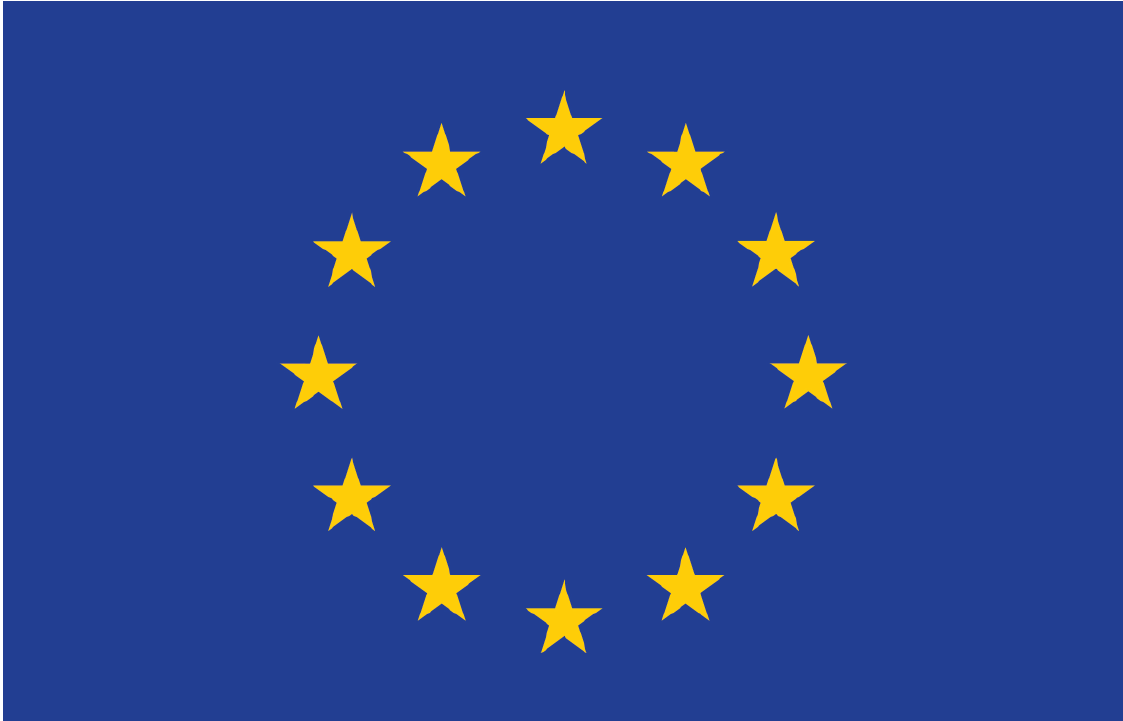Integration of district-level electrical storage (600 kWh) into solar plant and electric vehicle (EV) charging system
An innovative district-level electrical storage system has been integrated into the existing solar plant and EV charging network as part of mySMARTLife. The facility consists of about 15,000 lithium-ion battery cells, which can temporarily store the electricity generated by the solar power plants in Suvilahti (340 kWp) and in Kivikko (850 kWp) operated by the energy company Helen. The rated power output is 1.2 MW and its energy capacity 600 kWh. New business models and energy products are being developed and promoted. Multi-operations of the battery have been demonstrated in reserve power, peak power shaving, and energy time shifting as well as voltage support.
The existing efficient district heating system is being optimised by increasing the share of low-carbon and renewable heat. Strategies to optimise the user demand response and the producer interests by focusing on maximising heat and cooling system-level storages in the network will be developed as part of mySMARTLife. The impact of an additional heat storage capacity in the district heating system of Helsinki in terms of profit was evaluated using an optimization model.
The development of technical and business models for reactive power compensation when applying solar power systems has been studied with Kivikko PV plant in Helsinki. The PV plant is technically able to provide reactive power compensation. However, due to the lack of business potential, reactive power compensation was not continued with the inverters of Kivikko PV plant after the technical testing phase. The concepts to compensate reactive power with a solar photovoltaic plant were studied.

As part of mySMARTLife, the impact of demand response in heat production will be evaluated. The tri-generation system enables very high efficiency rates (over 90% in power and heat production). The cooling is using excess heat from buildings and seawater as a cooling source. The optimum will be sought, from city network perspective, by control strategies enabling low carbon efficient solutions at district level. The action includes the integration of waste heat sources in the network.
During 2019, Helen started a preliminary evaluation project on production optimization and heat demand response of district heating network in Helsinki. One of the objectives of this project is to define the most profitable and realistic way of deployment of demand response of district heating in Helsinki.

